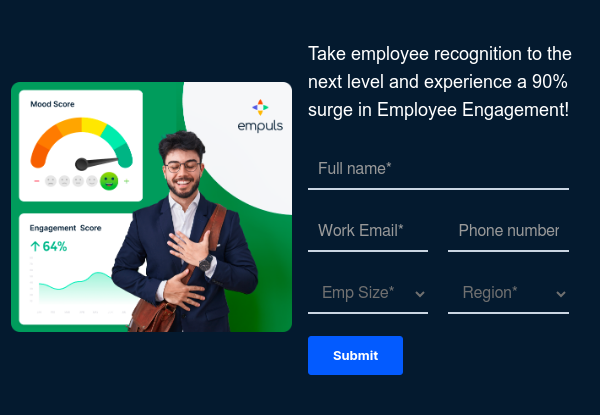Bagaimana Anda mengukur komitmen karyawan?
Mengukur komitmen karyawan melibatkan kombinasi metode kuantitatif dan kualitatif untuk memahami bagaimana perasaan karyawan terhadap organisasi dan pekerjaan mereka. Berikut ini adalah pendekatan terperinci untuk mengukur komitmen karyawan secara efektif:
1. Survei karyawan
- Deskripsi: Survei adalah salah satu metode yang paling umum dan langsung untuk mengukur komitmen karyawan. Survei ini biasanya mencakup pertanyaan-pertanyaan yang menilai berbagai dimensi komitmen seperti keterikatan emosional, biaya yang dirasakan jika keluar, dan rasa kewajiban.
- Komponen:
- Pertanyaan komitmen afektif: Menilai keterikatan emosional dan identifikasi dengan organisasi.
Contoh: "Saya merasakan rasa memiliki yang kuat terhadap organisasi saya." - Pertanyaan tentang komitmen keberlanjutan: Mengukur biaya atau manfaat yang dirasakan dari bertahan versus meninggalkan.
Contoh: "Akan sangat sulit bagi saya untuk meninggalkan organisasi saya saat ini, meskipun saya menginginkannya." - Pertanyaan-pertanyaan komitmen normatif: Mengevaluasi rasa kewajiban atau tugas moral untuk tetap bersama organisasi.
Contoh: "Saya merasa berkewajiban untuk tetap bekerja di perusahaan saya saat ini."
2. Tingkat perputaran dan retensi
- Deskripsi: Menganalisis tingkat perputaran dan retensi memberikan wawasan tentang komitmen karyawan secara keseluruhan. Tingkat perputaran yang tinggi dapat mengindikasikan komitmen yang rendah, sementara tingkat retensi yang tinggi menunjukkan komitmen yang kuat.
- Metrik:
- Tingkat pergantian karyawan secara sukarela.
- Tingkat retensi.
- Rata-rata masa kerja karyawan.
3. Skor keterlibatan karyawan
- Deskripsi: Keterlibatan dan komitmen memiliki kaitan yang erat. Mengukur keterlibatan melalui survei dan umpan balik dapat memberikan indikasi tingkat komitmen.
- Metode:
- Survei keterlibatan.
- Survei denyut nadi.
- Tingkat partisipasi dalam kegiatan keterlibatan.
4. Metrik kinerja
- Deskripsi: Karyawan yang berkomitmen sering kali menunjukkan produktivitas yang lebih tinggi dan kinerja yang lebih baik. Memantau metrik kinerja dapat membantu mengidentifikasi tingkat komitmen.
- Metrik:
- Tingkat produktivitas.
- Kualitas pekerjaan.
- Pencapaian sasaran kinerja.
5. Tingkat ketidakhadiran
- Deskripsi: Ketidakhadiran yang tinggi dapat menjadi tanda rendahnya komitmen. Melacak tingkat ketidakhadiran dapat memberikan wawasan tidak langsung tentang komitmen karyawan.
- Metrik:
- Frekuensi ketidakhadiran.
- Durasi ketidakhadiran.
- Pola-pola dalam ketidakhadiran.
6. Umpan balik dari manajer dan rekan kerja
- Deskripsi: Umpan balik rutin dari supervisor dan kolega dapat memberikan wawasan kualitatif tentang tingkat komitmen karyawan.
- Metode:
- Umpan balik 360 derajat.
- Tinjauan kinerja.
- Evaluasi rekan sejawat.
7. Wawancara keluar
- Deskripsi: Melakukan wawancara keluar dengan karyawan yang keluar dapat memberikan wawasan yang berharga tentang alasan keluar dan tingkat komitmen secara keseluruhan.
- Pertanyaan:
- "Apa yang mendorong Anda untuk mencari pekerjaan baru?"
- "Apa yang bisa dilakukan organisasi untuk mempertahankan Anda?"
8. Kelompok fokus karyawan
- Deskripsi: Kelompok fokus memungkinkan diskusi yang mendalam dan dapat mengungkap wawasan yang lebih dalam mengenai komitmen karyawan dan area yang perlu ditingkatkan.
- Format: Diskusi terstruktur yang difasilitasi oleh moderator untuk mengeksplorasi topik-topik tertentu yang berkaitan dengan komitmen.

























